The history of the Kenya Police is a story of an institution created for one purpose and forced to serve another. Formed in the early 1900s to secure the interests of the British colonial state, the force was built around surveillance, labour control, and the suppression of resistance. Its uniforms, ranks, vehicles, and training all reflected that mission.
Independence in 1963 changed the flag but not the structure. Many of the same laws, command systems, and policing methods carried over into the new republic. Across the following decades, the Kenya Police struggled to redefine itself, balancing the expectations of a modern state with the legacy of an institution originally designed to control rather than to serve. The photographs in this archive trace that evolution—from colonial constables to traffic officers in a growing capital, and finally to the heavily securitised units of the early Nyayo era.
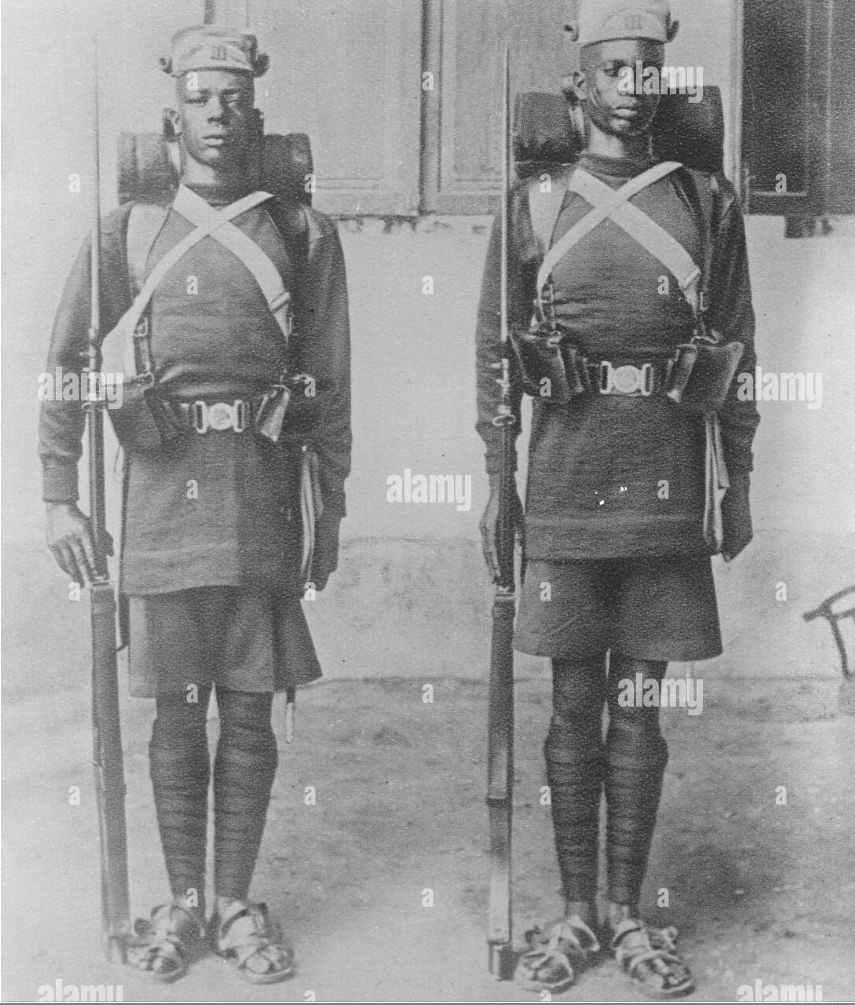

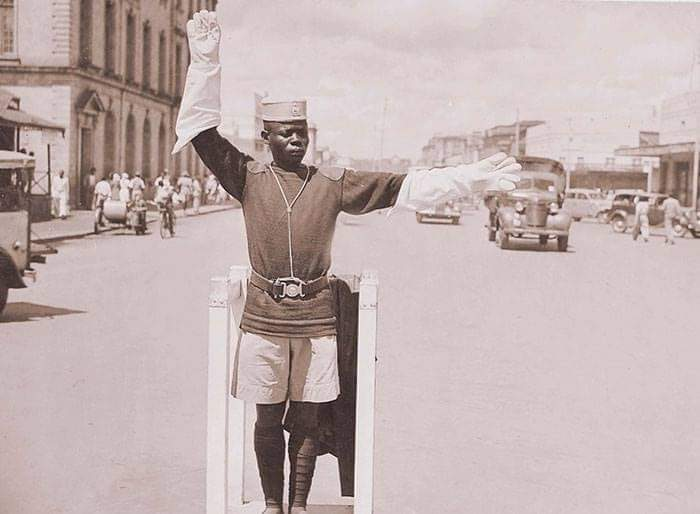

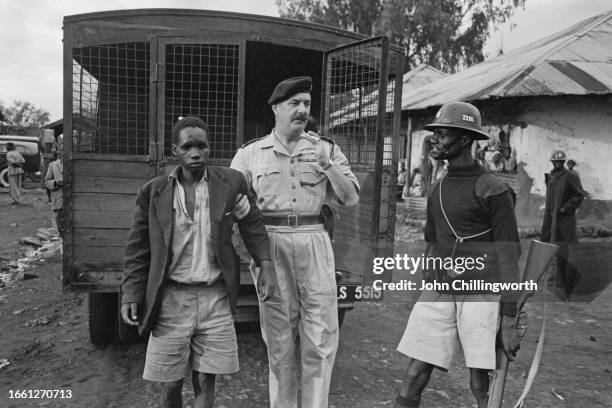


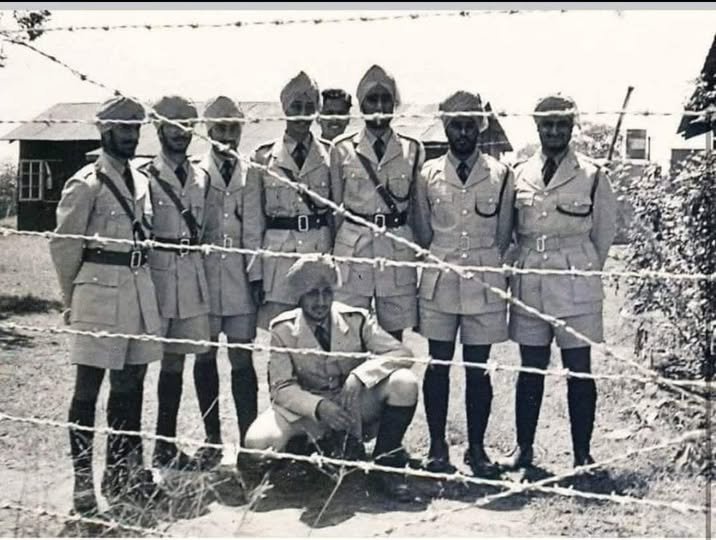




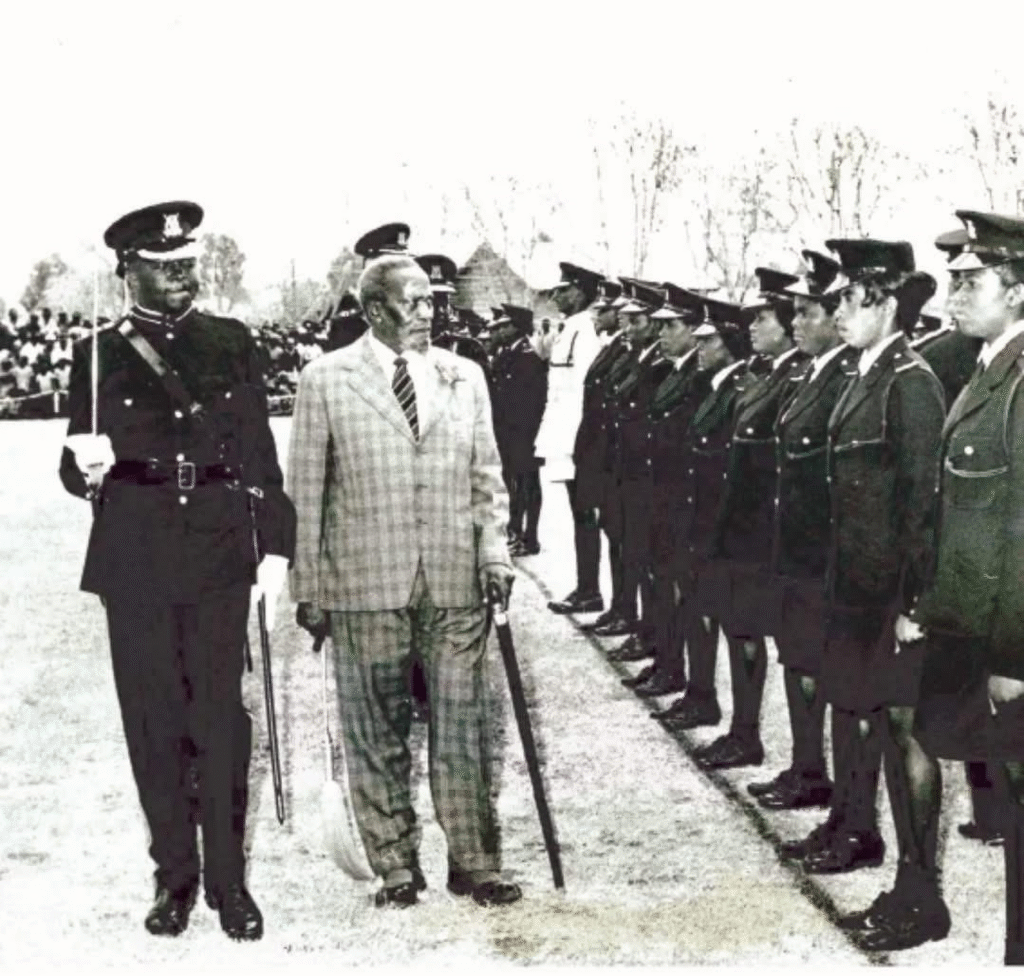


Conclusion — Six Decades of Power and Reinvention
Across six decades, the Kenya Police shifted from a colonial enforcement unit to an institution navigating the demands of a new republic, and eventually into the securitised machinery of the Nyayo state. The photographs show an organisation shaped by the priorities of each era: tax collection and labour control in the early decades, counterinsurgency and intelligence work during the Emergency, national branding and ceremonial duties after independence, and finally the heavy anti-riot posture of the 1970s and early 1980s.
Despite uniform changes, new vehicles, and evolving political contexts, a persistent thread runs through the images: a force continually reinventing itself, but never entirely escaping the structures and instincts that defined its origins.
Recommended Next Reads
To understand the political architecture that shaped policing in colonial Kenya, read:
Kenya’s Colonial Administration, 1920–1963 — a clear look at the systems of authority and surveillance that built the foundation for the police force.
For the most defining moment in the militarisation of Kenya’s security apparatus, explore:
Mau Mau Uprising in Kenya, 1952–1960 — where policing, intelligence, and counterinsurgency fused into a single machinery.
If you want to see how policing intersected with national politics after independence, start with:
The Kisumu Massacre of 1969 — a brutal clash that revealed how state power reacted to dissent.
To follow the evolution of state authority into the Nyayo period, read:
Why Are Kenyans So Good at Running? — beyond athletics, it highlights the infrastructure of state investment, control, and nationalism in the 1970s and 1980s.
For a deeper look at how Kenya’s political framework eventually pushed back, explore:
The Birth and Evolution of Kenya’s Multiparty Democracy — showing how a securitised state encountered the limits of its own authority.
